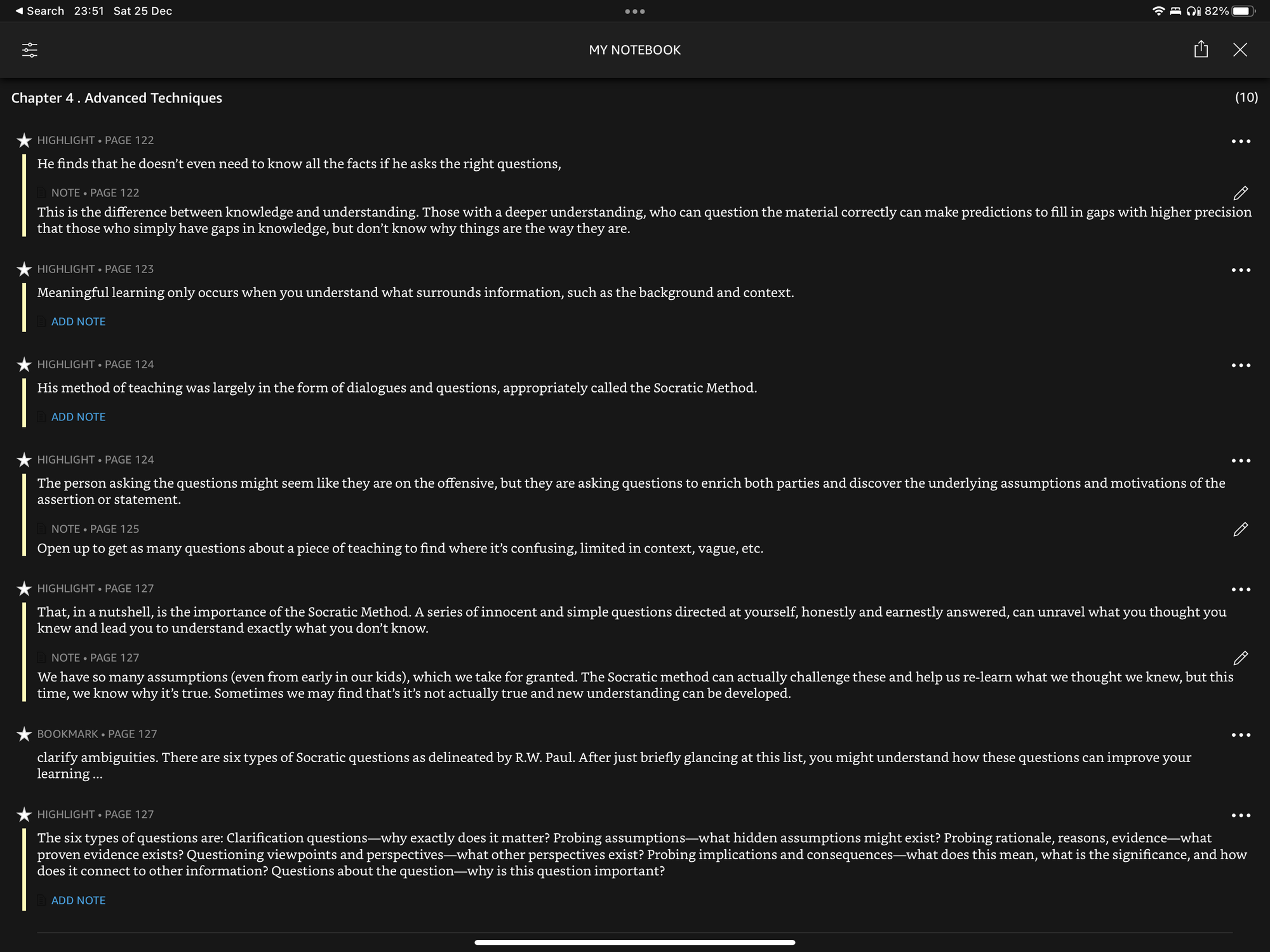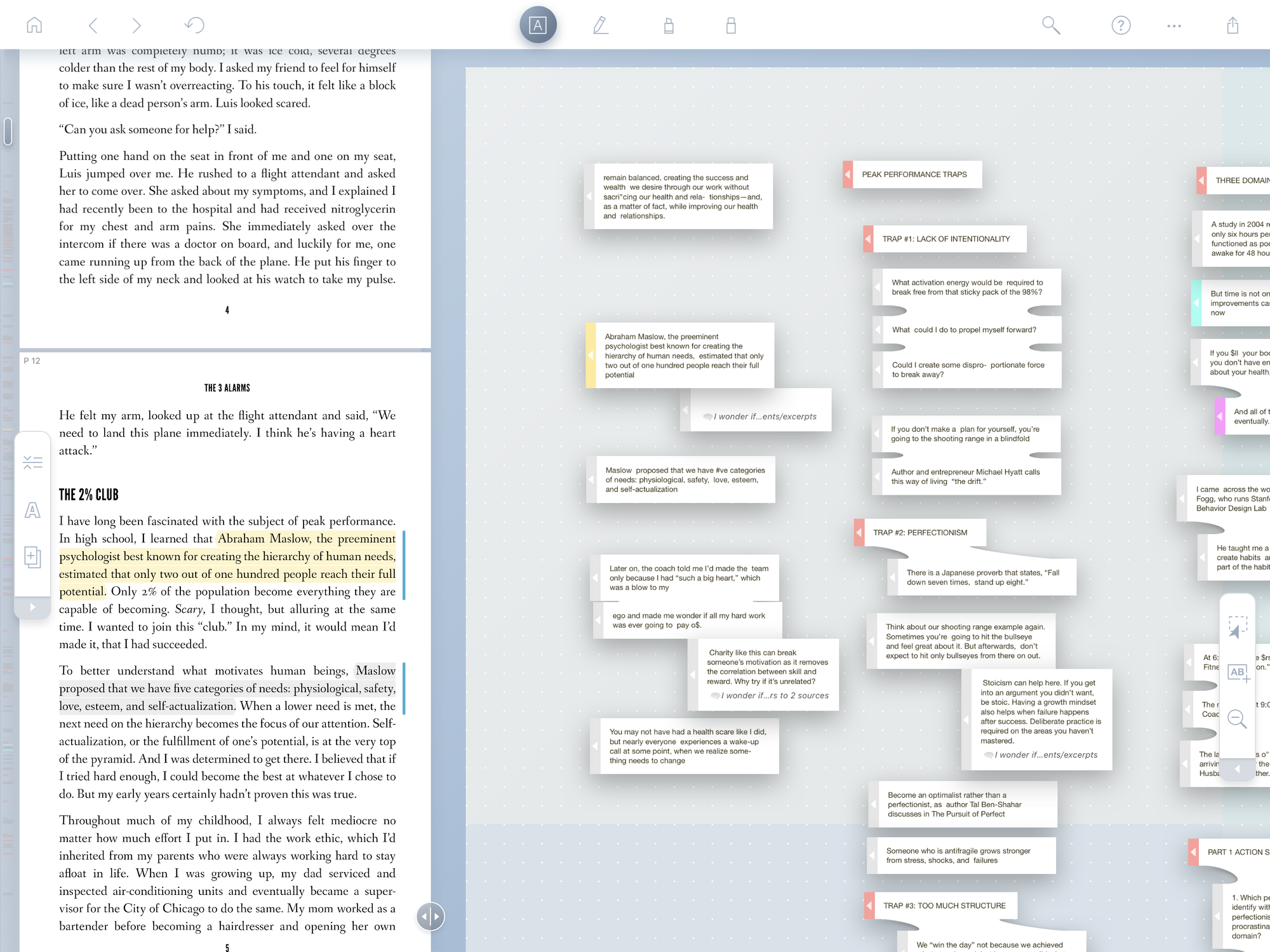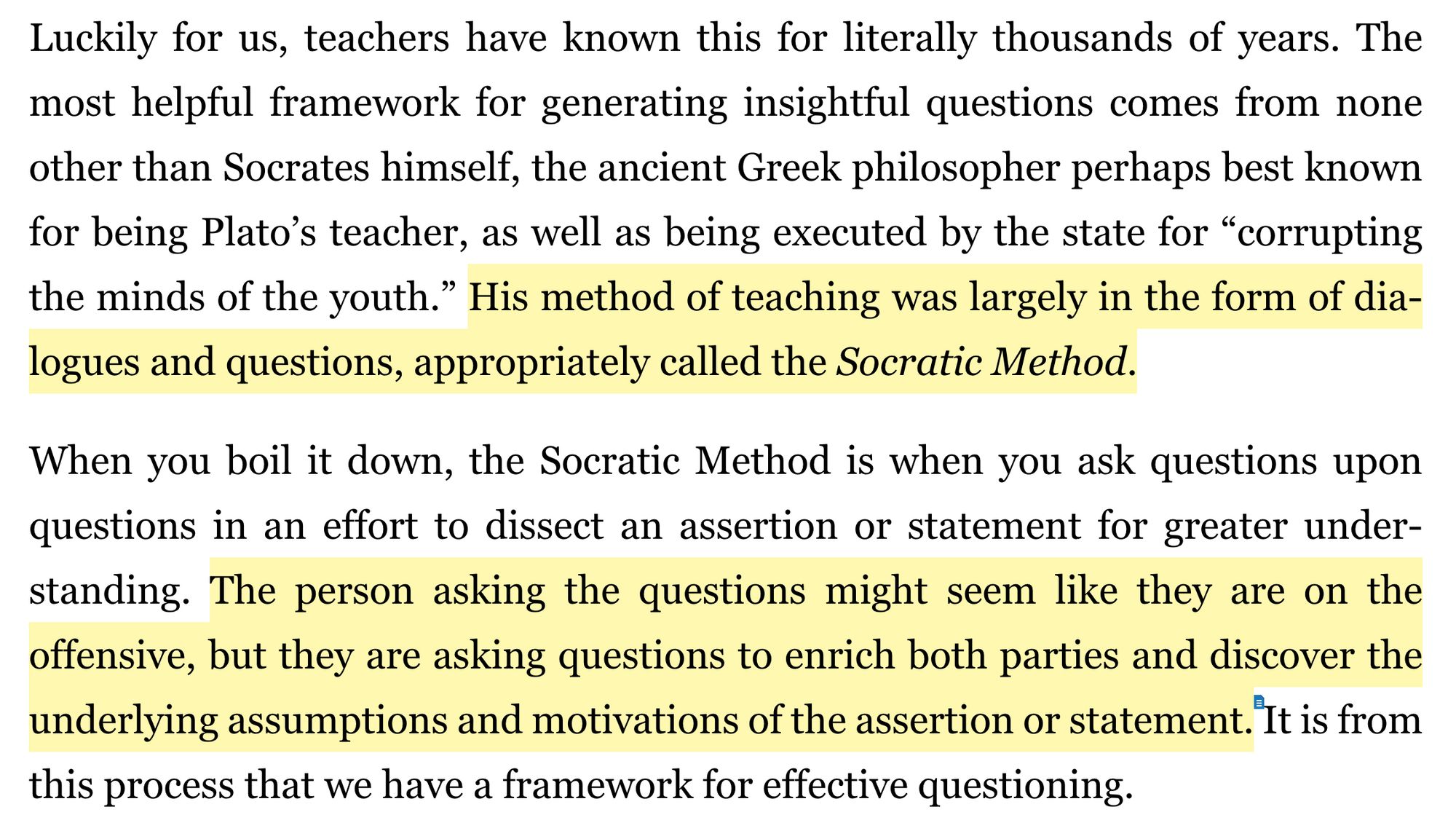How to make atomic literature notes using the Zettelkasten method
Find out how to make your Zettelkasten literature notes a single idea when the book you’re reading contains many different ideas.

You're reading a book and you're applying the Zettelkasten note-taking method to capture what you learn in your slip box. However, you are struggling to grasp the 'one note per idea' philosophy to the Zettelkasten when it comes to literature notes and the entire contents of a book. What do you do?
Fleeting notes vs literature notes
The first way to approach solving this is to remind ourselves of the role of a fleeting note and a literature note when using the Zettelkasten note-taking method.
Fleeting notes
A fleeting note is a temporary, raw capture of what comes to mind or what you have seen (quotes, excerpts, ideas).
When reading a book, I create one long fleeting note which contains my highlights and annotations.
The Kindle app allows me to capture highlights with annotations.

Other apps like LiquidText allow me to extract content and organise this on a workspace.

The fleeting note can reference the original material, whether it's a book, article, video, etc. This allows you to trace back to where you originally captured the information in case you find that your understanding wasn't correct and you need to review the source material again.
Literature notes
A literature note is where you take individual concepts from your fleeting note and extract the core idea of one of those concepts into a single note. It is written in your own words and that shows you have understood of the idea conveyed. You will end up creating many literature notes from a single fleeting note.
It is important that a literature note follows these simple rules:
- It is a single idea
- It can be understood in isolation
- It represents your own understanding, not a paraphrase of someone else's words (with the exception of quotes)
How to create literature notes
Take a single point or idea from your fleeting note and articulate it in your own words. For example, in the book How to Teach Anything by Peter Hollins, I have the following highlighted passages.

From this, I would create two distinct literature notes as follows:
# The Socratic Method
#type/literature
Is a method of understanding where you ask many questions through the form of a dialogue to dissect an assertion or statement.
## References
1. [[Fleeting Notes/How to Teach Anything]]# Probing questions using the Socratic Method
#type/literature
When using the Socratic Method to probe for understanding, it can come accross as offensive to the person you're are asking questions to. Be mindful of this and let the other person know that your intention is to help both parties learn and discover. Try to avoid opinion in such questions and always approach it from a point of view to learn.
## References
1. [[Literature Notes/The Socratic Method]]
2. [[Fleeting Notes/How to Teach Anything]]When considering this, I have two separate notes, each distinct and convey their own meaning in isolation. One helps to define the Socratic Method, the other helps to provide an insight into how to use it.
During this process, I may have new ideas which I want to capture at the same time. One of those is from a personal experience of how I have benefited from this method in negotiation with colleagues. I can add an additional note to capture this.
# Negotiating with the Socratic Method
#type/literature
When having discussions with colleagues about how to solve a problem, I often felt that I had an insight that the other person handn't considered and need to negotiate an appropriate solution. It can be difficiult to get them to consider my solution as they are fixed on their way of solving the problem.
By using probing questions I often uncover the further problems their solution has but open it up for the other person to come up with a better solution.
The nature of my questions can guide the other person to a solution that closely aligns with my desired solution. This is done via logical reasoning and deducation on their part.
The will be more accepting of the final solution as they feel it was their idea, even though you navigated them to it via selective questioning.
While you wont get credit per se, you will play a pivotal role in helping the overall project proceed.
If your solution is not the better solution, the questioning should uncover where your idea was limited and you can thus learn and agree with their better solution.
## References
1. [[Literature Notes/The Socratic Method]]Referencing original material
For simplicity in the above example I have only shown reference links to the original fleeting note. Depending on the software you use to write your notes, you may be able to deep link into the specific section of the fleeting note which you have based the literature note on.
The fleeting note may also contain a deep link into the original material (YouTube video timestamp, Kindle Book chapter position) depending on how you have recorded them. This gives a full audit trail right back to the original material from your literature note.
Adding a Map of Content
What is extremely useful when organising literature notes is to add a map of content for the book. Here is an example based on the above three notes. A final map of content would contain many more references to literature notes.
# How to Teach Anything
#type/moc
1 [[The Socratic Method]]
1.1 [[Probing questions using the Socratic Method]]
1.2 [[Negotaiting with the Socratic Method]]Processing literature notes to the Slip-Box as permanent notes
When you have completed your literature notes, you can go through each one and consider:
- Does it add any new insight or thinking to what you have already?
- Does it change any of your understanding of any existing notes?
- Are there any notes which are related and this new note adds more insight if you add link to it?
Remember, the permanent notes are moving the literature note from the context of a single source material (e.g. a book) to your whole collection of knowledge (from all books, articles, etc). Like a jigsaw puzzle, you am taking this new piece and slotting it in where it fits.
Should you copy or move the note?
I would personally make a copy of the note into my slip box as a permanent note and archive the original literature note. To archive I would either move it to a separate folder or add a hash tag #archived. This makes it easier to filter them out of view, but keeps them as an audit trail back to the source material.
Referencing my literature note from my permanent note
In the references section of the permanent note, add a link to the literature note where it came from. Sometimes the notes will look exactly the same, and other times you'll add more internal references to other notes from your slip-box, or update the text to consider more based on your overall understanding.
The value in making this link is so you can always navigate from your permanent note to the literature note, then the literature note to the fleeting note, then the fleeting note to the original source material.
This means if you find a permanent note no longer makes sense in the future (e.g. you find new information that contradicts it), you can trace back to the original source material to validate your interpretation of the text or the credibility of the original argument.
Conclusion
So this has been a walk-through of how to make your literature notes a single idea, where they originate from and what to do with them after they have been created.
If you want to learn more about this then consider subscribing to my YouTube channel, follow me on Twitter and join many others on the Autodidact and Mastery community where you can ask questions and share your learning.

If you're interested in a Zettelkasten workbook to improve your understanding and techniques, then do consider checking out my book Atomic Note-Taking at https://www.atomicworkflows.com/atomic-note-taking/

